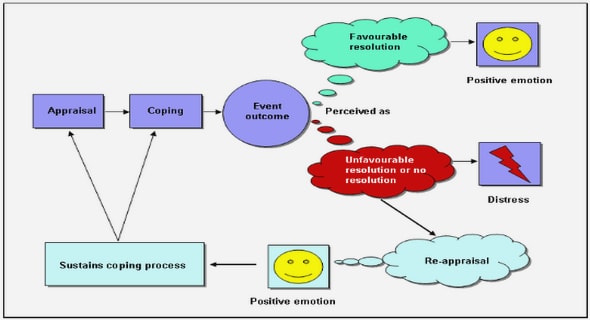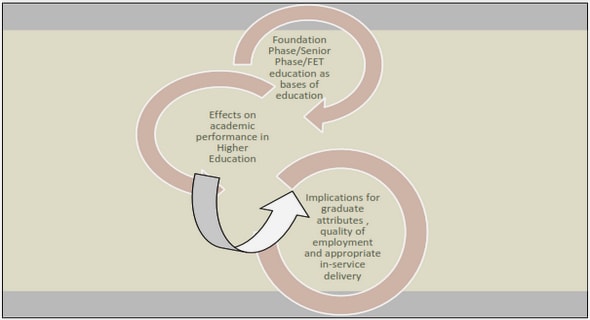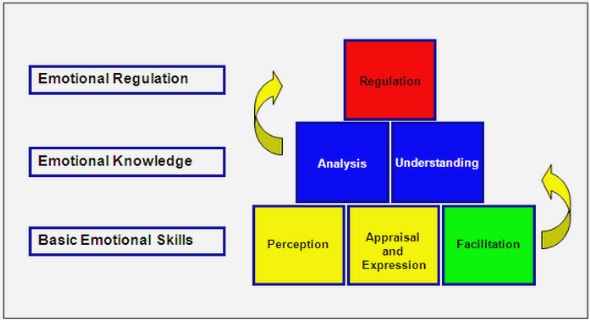Get Complete Project Material File(s) Now! »
Treaty based monitoring mechanisms
The first UN treaty, the Convention on the Prevention and Punishment of the Crime of Genocide, was adopted on 9 December 1948.22 In 1965, the UN adopted the International Convention on the Elimination of All Forms of Racial Discrimination (CERD), significant in human rights monitoring as it contained the first individual complaints procedure thus paving way for the individual complaints procedure in the First Optional Protocol to the ICCPR.23 As discussed earlier, the ICCPR and ICESCR were adopted in 1966.24 The CERD and ICCPR corrected the omission of the Convention on the Prevention and Punishment of the Crime of Genocide by establishing the first two human rights treaty monitoring mechanisms – the treaty monitoring committees.25 Subsequently and over the years, more international human rights treaties were adopted with corresponding treaty monitoring committees. As of October 2015, there are nine core UN human rights treaties each with an independent treaty monitoring committee.26 In addition to the CERD, ICCPR and ICESCR, these are: the Convention on the Elimination of All Forms of Discrimination Against Women (CEDAW),27 the Convention Against Torture and Other Cruel, Inhuman and Degrading Punishment (CAT),28 the Convention on the Rights of the Child (CRC),29 International Convention on the Protection of All Migrant Workers and Members of their Families (ICRMW),30 the Convention on the Protection of All Persons from Enforced Disappearance (CPED)31 and the Convention on the Rights of Persons with Disabilities (CRPD).32 In addition to the nine core treaty monitoring committees, is the Sub-Committee on the Prevention of Torture (SPT) established in 2007 under the Optional Protocol to the Convention Against Torture.33 The primary mandate of the SPT is to undertake preventive measures against torture and ill treatment.34
Examination of communications
The African Charter envisages two categories of complaints: inter-state communications and ‘other communications’ interpreted as referring to individual communications.157 In regard to inter-state complaints, the African Charter allows a state that has reasons to believe that another state is in violation of the provisions of the African Charter to draw the attention of the violating state to the alleged violations in writing and also address the same communication to the secretary of the AU and the chair of the African Commission.158 The African Charter envisages an amicable bilateral settlement or in the absence of an amicable settlement, submission of the communication to the African Commission.159 Akin to the UN system, the inter-state communications procedure is not widely used, although it has been invoked once by Democratic Republic of the Congo in a communication filed against Uganda, Rwanda and Burundi. The African Commission found Burundi, Uganda and Rwanda in violation of the African Charter and international law.160 On individual communications, the African Charter contains no express provisions on individual communications rather it contains a provision on ‘other communications’.161 Based on this, the African Commission draws the mandate to consider individual communications. The procedure for handling of individual communications is comprehensively provided for in the Rules of Procedure of the African Commission, 2010 (Rules of Procedure 2010).162 The African Charter and the Rules of Procedure place no standing requirements on individual communications thus allowing individual victims, groups and non-governmental organizations unfettered access, although it is required that the author of the communication should be identified.163 On admissibility, individual communications are admissible if: they indicate the authors even if the authors seek anonymity, not written in a language that is insulting to the state or the AU, are compatible with the AU Charter and the African Charter, not based solely on media reports, local remedies have been exhausted unless such remedies would be unduly delayed, submitted within a reasonable time since exhaustion of local remedies or from the date of seizure by the African Commission and do not relate to cases that have been settled by the states involved in accordance with the Charter of the UN, AU Charter or the African Charter.164 These conditions are conjunctive and must all be met.
Chapter 1 Introduction
1 Background to the research
2 Problem statement
3 Research questions
4 Significance of the study
5 Terminology and theoretical framework
6 Literature review
7 Methodology
8 Overview of the chapters
9 Limitations of the study
10 Assumptions underlying the research
Chapter 2 International, regional and sub-regional human rights monitoring mechanisms
1 Introduction
2 Precursors of international protection of human rights
3 UN Human rights system
4 African human rights system
5 East African sub-regional human rights system; East African Court of Justice
6 Locating the findings of international monitoring mechanisms in the national legal order in Kenya
7 Conclusion
Chapter 3 Assessment of implementation of the findings and recommendations of monitoring mechanisms on personal liberty, physical integrity and political rights
1 Introduction
2 Personal integrity and physical liberty rights
3 Political rights
4 Review of the implementation of findings arising from adjudicative monitoring processes
5 Conclusion
Chapter 4 Assessment of the implementation of recommendations on economic, social and cultural rights
1 Economic, social and cultural rights
2 Conclusion
Chapter 5 Assessment of implementation of findings and recommendations of monitoring mechanisms on the rights of women, children and collective groups
1 Women’s rights
2 Children’s rights
3 Rights of collective groups
4 Review of implementation of findings arising from adjudicative processes of monitoring mechanisms
5 Conclusion
Chapter 6 Assessment of the impact of the findings and recommendations of monitoring mechanisms in the constitution-making process
1 Introduction
2 Conclusion
Chapter 7 Analysis of relevant international law state compliance theories and their application to Kenya
1 Introduction
2 Thematic analysis of implementation and impact
3 Overall implementation record
4 Factors indicative of implementation and impact
5 Case specific impact
6 Review of impact in the specific context of findings of adjudicative monitoring processes
7 Discussions on the theoretical implications of the analysis
8 Conclusion
Chapter 8 Overall analysis of implementation and impact of the findings and recommendations of monitoring mechanisms in Kenya
1 Introduction
2 Thematic analysis of implementation and impact
3 Overall implementation record
4 Factors indicative of implementation and impact
5 Case specific impact
6 Review of impact in the specific context of findings of adjudicative monitoring processes
7 Discussions on the theoretical implications of the analysis
8 Conclusion
Chapter 9 Conclusion and recommendations
1 Introduction
2 Generalisation of the research observations and conclusions
Bibliography


